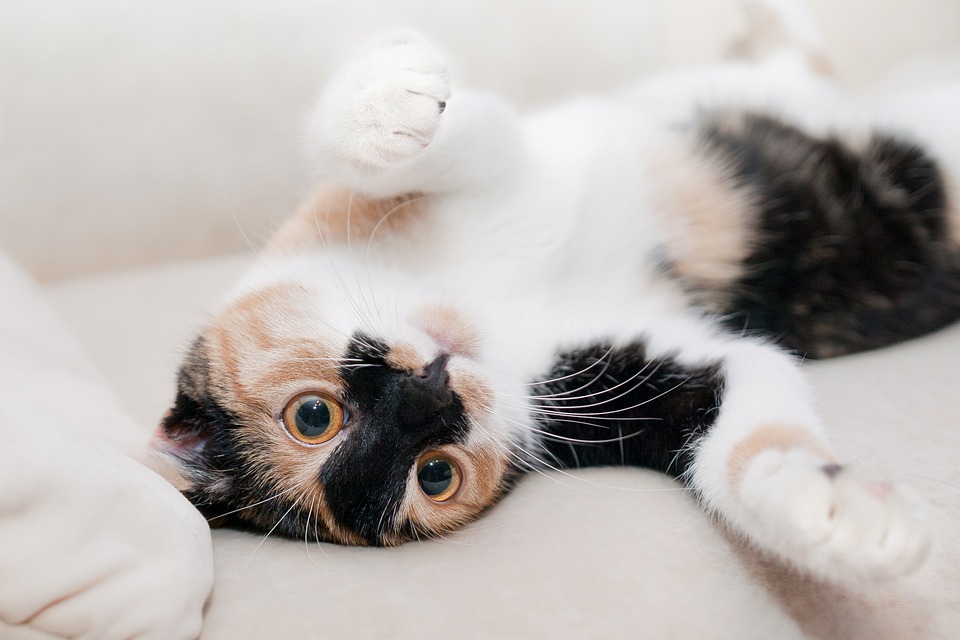African Pygmy Hedgehog - How to Take Care of a Pet Hedgehog?
A pet hedgehog is an increasingly popular animal kept at homes just like small rodents. The African pygmy hedgehog is the most popular species. Although it's a very charming and photogenic pet, one has to know how to take care of it before taking it home. Check how long does the four-toed hedgehog pet lives, what's its diet and what to do to make your pet healthy and happy.
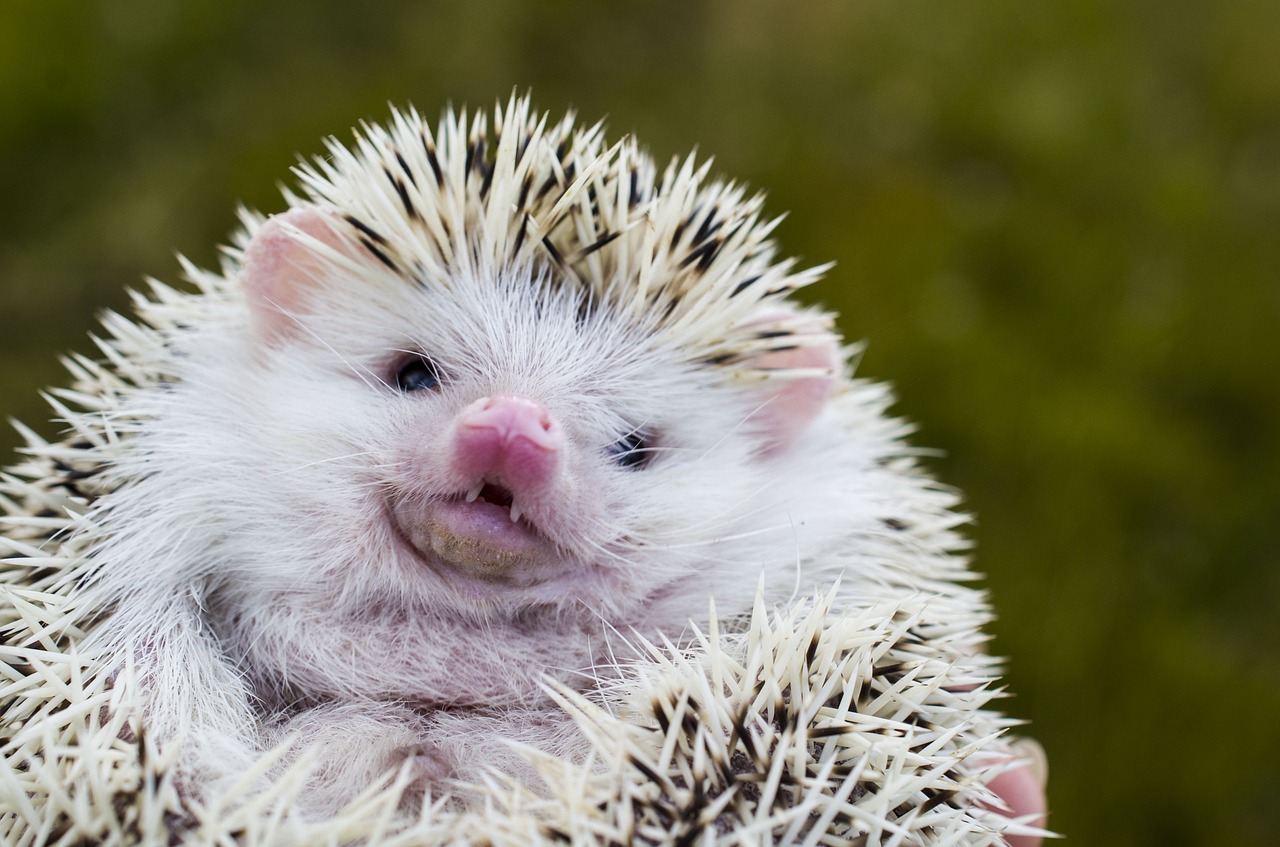
What are the characteristics of the African pygmy hedgehog?
Although most people think of autumn leaves and the woods when thinking about hedgehogs, these animals often appear at homes nowadays. The African pygmy hedgehog lives in terrariums at home just like guinea pigs, hamsters and chinchillas.
Surprisingly, keeping hedgehogs as pets is not a contemporary idea. These animals were kept by ancient Romans who used their meat and spikes, and kept them as companion pets - just like today.

The African pygmy hedgehog, also known as the four-toed hedgehog (Atelerix albiventris) is an African cousin of the better known European hedgehog belonging to the Erinaceus genus. It’s characteristic for its small size. It’s a relatively low-maintenance animal, active mainly at night. Although they don’t need contact with humans, a well taken care of four-toed hedgehog can become a friendly and cheerful companion.
Pet hedgehogs are domesticated and specially adapted animals - the African pygmy hedgehog is the most popular one. Breeding, catching and keeping wild hedgehogs is illegal. Wild hedgehogs are legally protected in most countries. Before deciding to take a domestic hedgehog home, make sure it is legal where you live (it’s not e.g. in some American states).
Hedgehog as a pet - is it a good animal for children?
As mentioned, the African pygmy hedgehog doesn’t really need a human to keep company. It doesn’t mean, though, that it won’t tolerate your presence - tamed hedgehogs like being handled and cuddled. The four-toed hedgehog is an energetic animal. It loves playing, and one can have a lot of fun just from observing it.
The African pygmy hedgehog might be a perfect pet for an older child. The fact that it’s a low-maintenance animal is an advantage - but nonetheless it needs a special care. For this reason, an adult supervision is required. Keeping the cage clean is essential. Keep in mind that four-toed hedgehogs are carriers of Salmonella - for this reason, make sure to instruct your child to wash their hands every time after handling the pet.
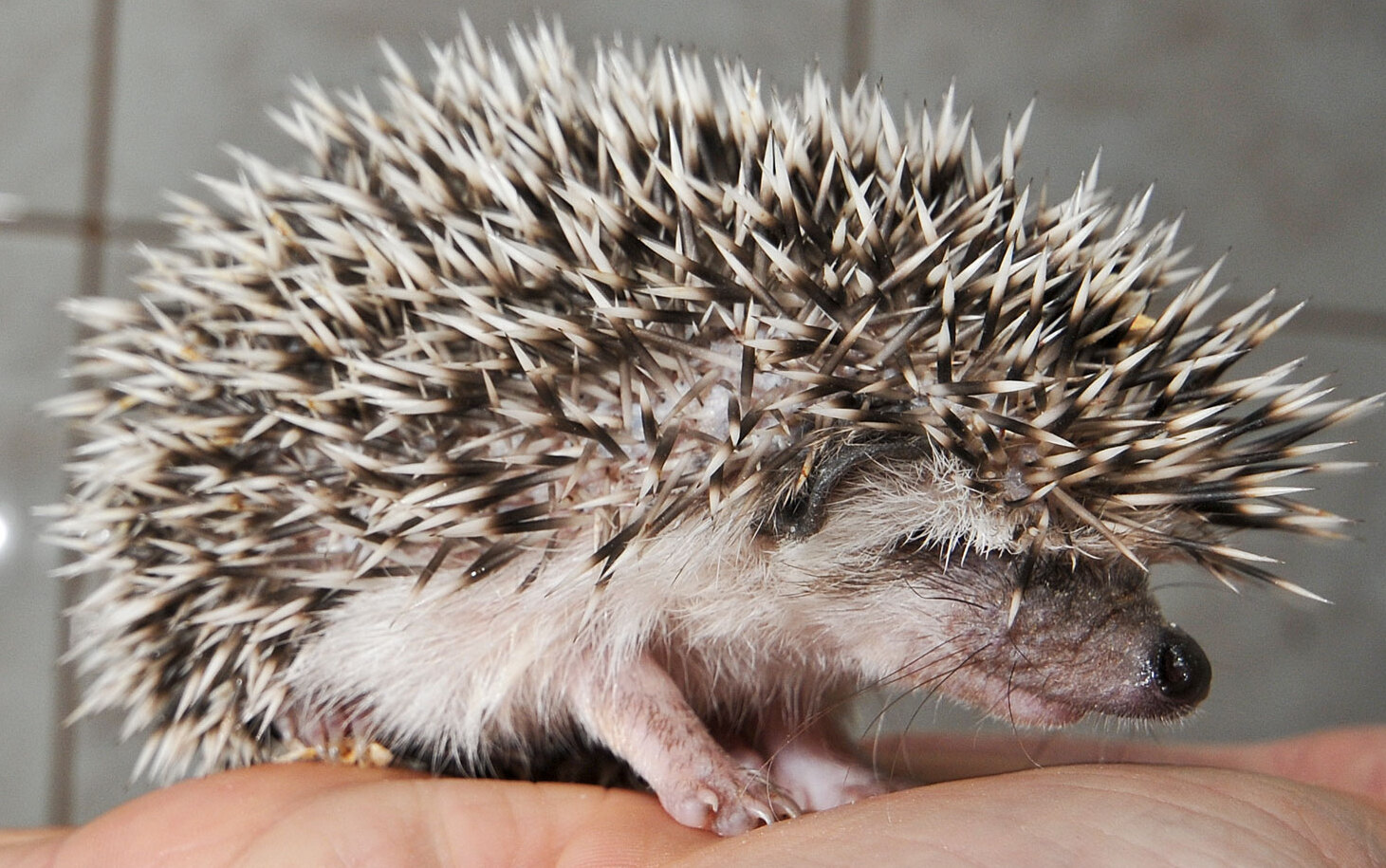
The African pygmy hedgehog has its back armored with 3000 to 5000 spikes. Although they are not as sharp as a porcupine’s, they might be a problem for small children. A stressed out hedgehog puffs out its spikes and curls into a ball. Piercing one’s skin is a very rare occurrence, but holding and touching a hedgehog in such a moment might be painful. That’s why you should analyze all pros and cons before buying a pet hedgehog to decide whether your kid is ready for it.
The African pygmy hedgehog lifespan - how long does it live?
A wild African pygmy hedgehog typically lives from two to three years. Domesticated animals live much longer - there are known records of hedgehogs living even 10 years. Usually, a pet hedgehog kept at home, provided with good conditions and diet lives around five years. Depending on an individual animal, it might be a longer or a shorter period, but you have to prepare for this average when taking a young four-toed hedgehog home.
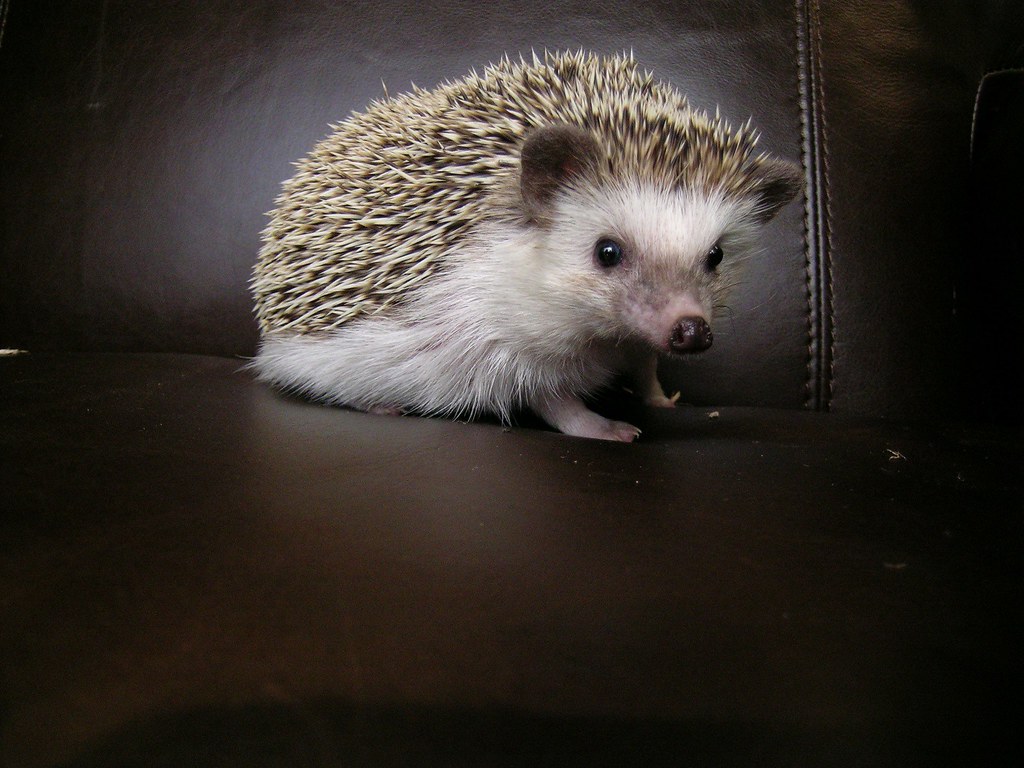
What is the best cage for the African pygmy hedgehog?
Keeping the African pygmy hedgehog in a cage is generally not recommended. The animal needs an appropriate, constant temperature, which cannot be achieved in a barred cage. What’s more, a typical cage is exposed to drafts, which might harm the pet. Four-toed hedgehogs originate in Central Africa - they like warmth. If the temperature drops too low, they become apathetic and fall into a state of hibernation.
The African pygmy hedgehog should be kept in a terrarium - best if glass. The container should be large enough for the animal to roam freely around. About half square meter is an optimal size.
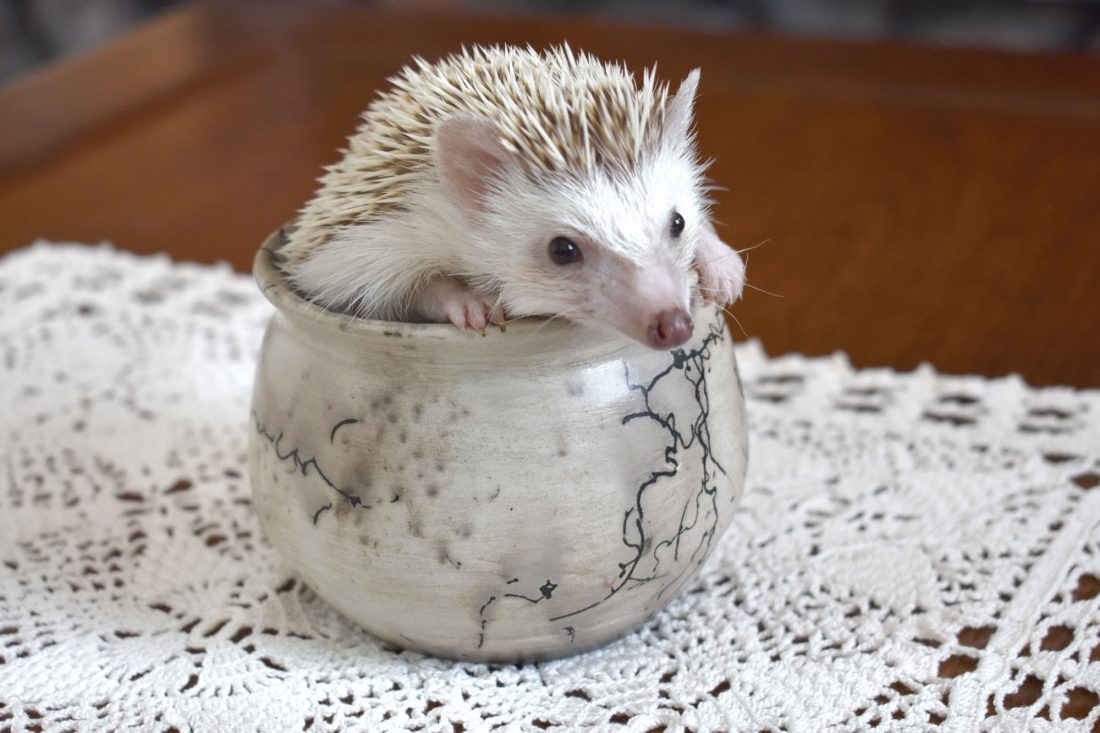
If the temperature in your home is not kept at the same level, the container has to be equipped with an additional warming lamp. It should have a ceramic casing - warmed up plastic might emit harmful fumes. The African pygmy hedgehog feels best in 22 to 24°C (71.6-75.2°F).
It might not seem so, but four-toed hedgehogs are highly active animals - they roam a lot. Wild hedgehogs can walk a distance of two kilometers per one night! For this reason, a pet hedgehog needs enough exercise. Make sure to add a wheel to the terrarium - it will help the hedgehog with unleashing its energy.
How to groom a pet hedgehog?
Hedgehogs aren’t too demanding in terms of taking care of them. Keeping the terrarium clean is the most important aspect. This way, the animal won’t get overly dirty. The African pygmy hedgehog doesn’t clean itself like other animals do. In its natural habitat, it avoids most dirt thanks to its spikes, and occasional rains wash off the excess filth. As for pet hedgehogs, they might need bathing.
The skin of an African pygmy hedgehog is delicate and prone to getting dry. For this reason, it is advised to bathe them only when they are in fact dirty. Washing a pet hedgehog more often than once a month is not recommended.
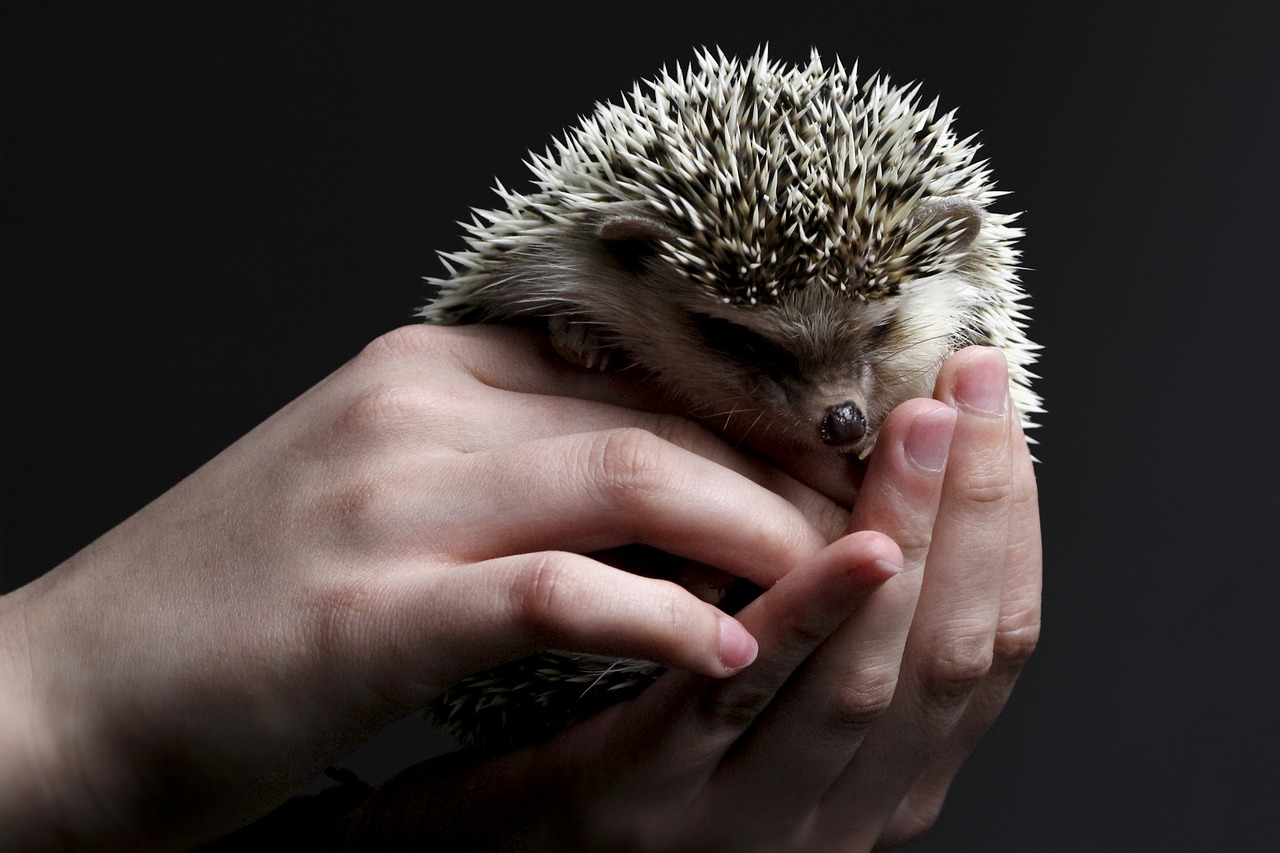
How to wash a hedgehog? A sink or a basin with warm (but not too hot) water is the best option. You can put a piece of clean cloth at the bottom, to provide support for the animal’s feet. As for the amount of water, it shouldn’t get higher than the hedgehog’s neck - although hedgehogs can swim, it’s better not to add to the animal’s stress. Use a delicate shampoo for animals. In case of dry skin, some breeders advise adding some olive oil or oat water to the water - it will soothe the irritated skin. After washing the pet hedgehog, wrap it in a soft towel and delicately pat it dry. Make sure the animal is warm and be careful about drafts, which might cause a dangerous cold.
African pygmy hedgehogs are great swimmers. In nature, they do it to avoid obstacles and in search of food. But in general, hedgehogs, just like cats, don’t like being wet and avoid water.
Cutting nails is usually not necessary - the African pygmy hedgehog wears them down when running around the room. If you notice your pet’s claws are too long, you can cut them using clippers. If you are afraid to do it or lack any experience, better ask a veterinarian for help.
What does the African pygmy hedgehog eat?
Wild hedgehogs are predators; their main food source is various insects - beetles, caterpillars, crickets, larvae, grubs and earthworms. Their diet might include small lizards, snakes, or even small rodents, eggs and chicks.
The four-toed hedgehog kept as a pet can be fed with cat food. Make sure to enrich its diet in live and frozen insects, boiled eggs, meat, vegetables and fruit. The diet might be a very individual matter, so simply observe which products your pet likes the most.
Hedgehogs are lactose intolerant - don’t give them cheese, milk or any dairy products.

The most common diseases of pet hedgehogs
As mentioned, the African pygmy hedgehog has a delicate skin, which is prone to getting dry. The skin of this prickly companion might also get attacked by various pests - for instance, mites and scabies. Excessive scratching and loosing needles in a greater number than normal indicates that something is wrong. Harmful insects are typically carried from a breeder or appear as a result of improper hygiene and neglected cage.
Improper cage cleaning might also cause digestive system issues. Diarrhea, green droppings and constipation are common symptoms. In this case, one has to analyze the animal’s diet and thoroughly clean the container.
Lack of exercise combined with unlimited access to food is a common cause of obesity, and consequently heart diseases. It greatly shortens the lifespan of a pet hedgehog.
Unfortunately, African pygmy hedgehogs who are more than three years old often suffer from cancer. Report any unusual behaviour and symptoms to a veterinarian who can recognize the disease and make a decision of treatment.
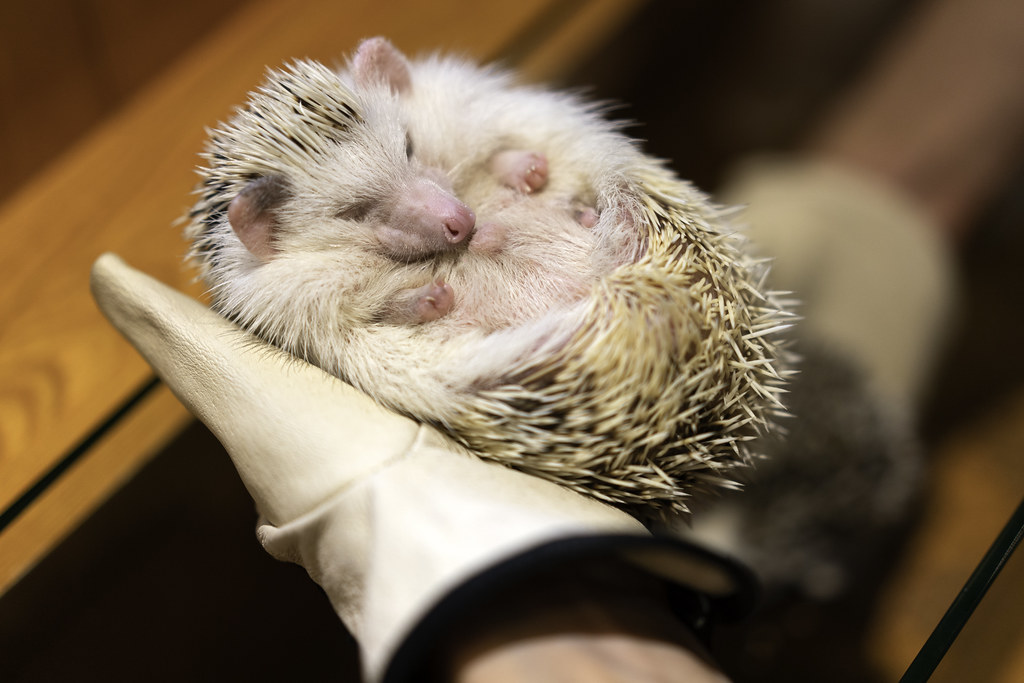
The African pygmy hedgehog - price
The price of a four-toed hedgehog depends on many factors - mostly on the breeder, the pet’s age, as well as its color. For instance, a white African pygmy hedgehog normally costs more than normally colored animals. The price of such animals range between $100 and $500. If you decided to purchase such a pet, make sure to search for a licensed breeder. Although their prices are typically higher, this way you can be sure the animal you buy is healthy and tested, and the breeding process has been done professionally and responsibly. By choosing cheaper animals sold on online marketplaces from “home” breeders, you can never be sure about the conditions they were kept in, nor about the seller’s intentions.
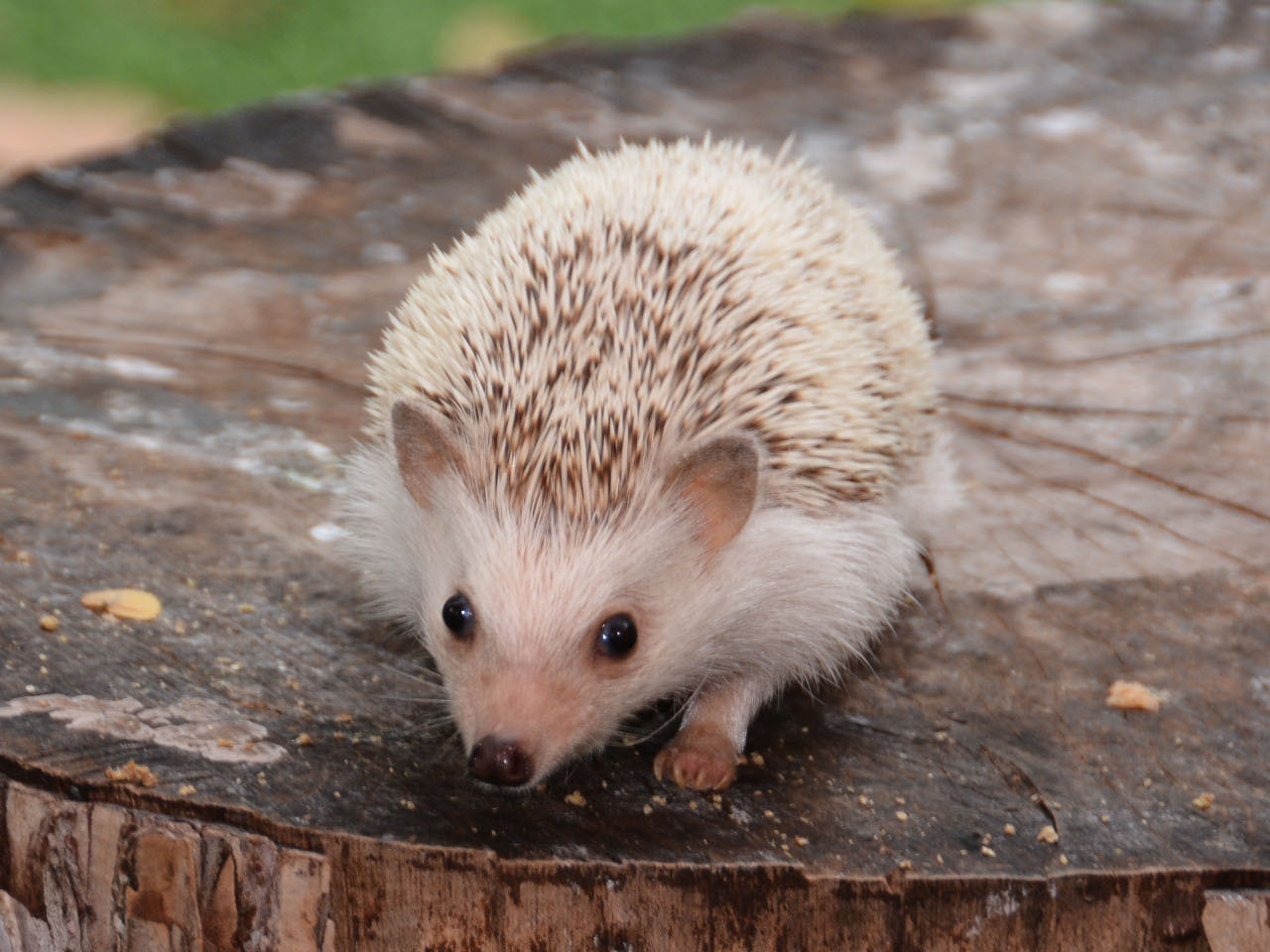
📍 How to bathe a pet hedgehog?
You shouldn't bathe your African pygmy hedgehog more than once a month, otherwise its skin might get dry. Use delicate shampoos for animals and make sure the water is not too cold nor too hot. After washing the pet hedgehog, pat it dry and keep in a warm place.
📍 What sounds does the African pygmy hedgehog make?
Four-toed hedgehogs signal their emotions by grunting and snuffling. If you hear such a noise, it means it feels threatened or annoyed. To avoid that, don't wake your pet hedgehog when it sleeps and don't take it out of its cage when it's clear it doesn't want to.
📍 What is the best African pygmy hedgehog cage?
The four-toed hedgehog shouldn't be kept in a cage, but rather in a terrarium. A minimal size is 100x40 cm. Avoid levels - African pygmy hedgehogs don't climb, and a fall might be dangerous. A terrarium for a pet hedgehog has to provide the right temperature - minimum 22°C. You can install a special warming lamp.
📍 Can you keep two pet hedgehogs together?
The African pygmy hedgehog, just like other hedgehogs, is a solitary animal. Keeping a pair in one terrarium might end up in spilling blood. If you want to own two or more hedgehogs, you have to keep them in separate containers, and let them out separately as well. There are exceptions, and two females can tolerate each other, but it's not a rule.
Featured articles
Maybe you're interested

